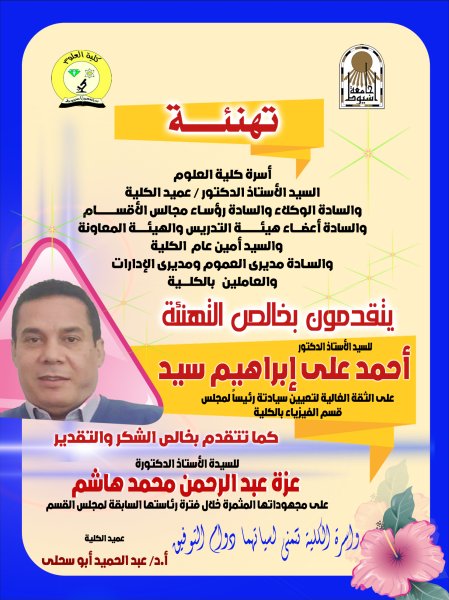Antioxidant Defense Response of the Green Peach Aphid, Myzus persicae against Secondary Metabolites of the Host Plants Cumin, Anise, and Coriander
The green peach aphid, Myzus persicae is a polyphagous herbivore, attacking apiaceae plants which are rich in defensive secondary metabolites. Thus, M. persicae owns a protective antioxidative response to overcome the host defense. The aim of the present study was to investigate the adaptive antioxidative response of M. persicae against the secondary metabolites of cumin, anise, and coriander. The dietary antioxidants, ascorbic acid and glutathione and enzymatic antioxidants, superoxide dismutase, catalase, ascorbate peroxidase and glutathione peroxidase within tissues of M. persicae were measured every two weeks during the infestation season. The obtained results show that Anise could be a good recommended host in the beginning of the infestation season
because it confers escalading levels of ascorbic acid. Coriander and cumin could be a second choice. The variable levels of enzymatic antioxidants during the season indicate the adaptive responses of M. persicae against the plant defensive secondary metabolites.


